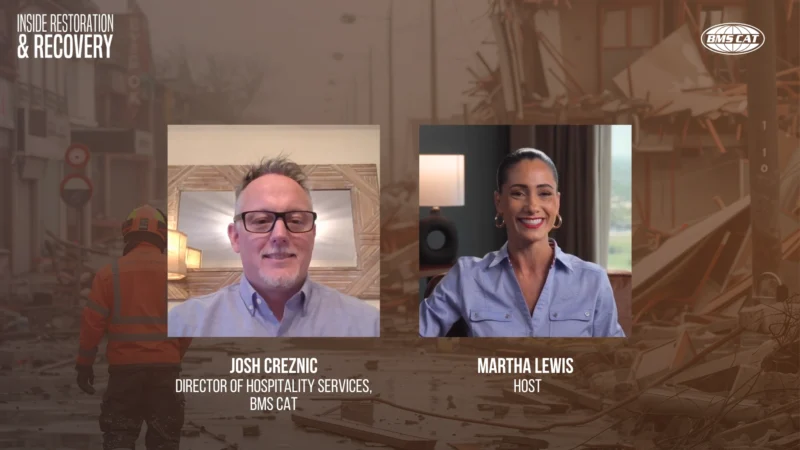More Restaurants are Going Green, and It Has Been Good For Business
Earlier this week, Starbucks announced a pledge to end the use of plastic straws in their coffee shops globally by 2020. The international coffee chain uses more than a billion plastic straws a year, a majority of which end up in landfills or polluting ecosystems. Starbucks’ move to eliminate plastic straws is not a new one or exclusive to them either.
Last month, McDonalds committed to reducing the use of plastic straws in parts of Europe and the US and has outright eliminated their use in the United Kingdom and Ireland. More restaurant goers, from fast-food to fine dining, are becoming more eco-conscious and for restaurants to remain sustainable, many are having to react accordingly.
This year, the National Restaurant Association released a report outlining the importance of restaurants keeping up with environmental responsibility trends. In the report, titled The State of Restaurant Sustainability, the NRA focused on not only the latest environmental trends but also provided important customer insight to help guide restaurants through sometimes unfamiliar waters.
The report provided optimistic results for eco-friendly restaurant patrons. Energy and utility reduction has been one of the most popular ways for restaurants to maintain environmental sustainability.
According to the Environmental Protection Agency, more than a third of energy consumption in a restaurant results from food preparation—with HVAC use a close second. From the over 500 restaurant operators surveyed, nearly 8 in 10 reported using energy efficient lighting equipment and more than 60% reported using energy-efficient HVAC systems.
Waste reduction and sustainability, however, remain top priorities for restaurant owners and consumers alike. Food waste can raise operating costs in restaurants and is often dissuades a customer from eating at a business. While almost 75% of restaurants reported to tracking food waste daily, only a fifth of those surveyed donate leftover food—with a majority mistakenly citing liability concerns as a reason against. This misinformation can have serious impacts on a restaurant.
Almost half of the consumers surveyed in the study reported a restaurants sustainability effort, ranging from eco-friendly operations to locally sourced ingredients, played a role as to where they would dine.








